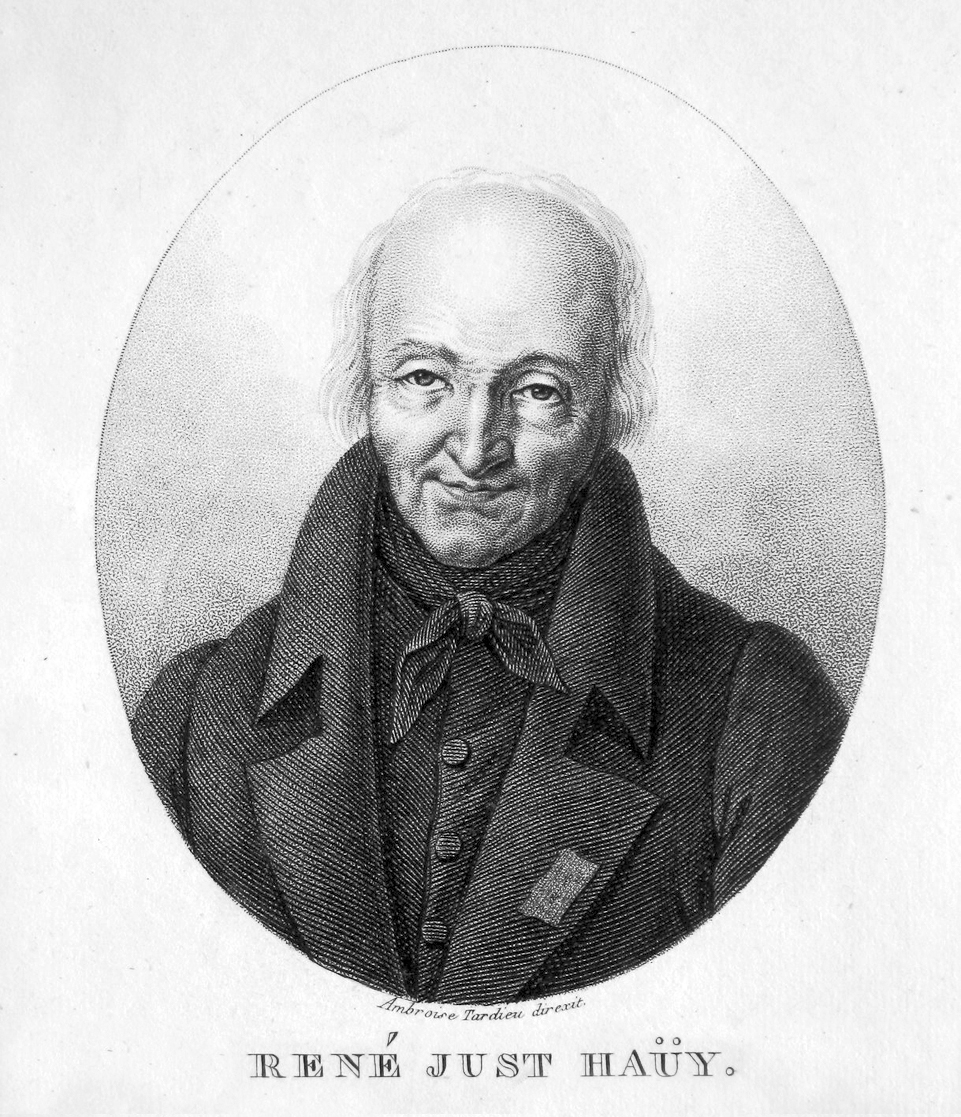
Published 2019-03-31
Keywords
- Isomorphism,
- stereoisomerism,
- integrant molecule,
- crystal morphology,
- atomic theory
How to Cite
Abstract
After briefly presenting early hypotheses on the submicroscopic origin of symmetry and polyhedral morphology in the crystals, the structural model proposed by Haüy in 1784, based on the periodic repetition of integrant molecules made up of simple molecules, is discussed. It is then highlighted how – through investigation of crystal hemihedry, isomorphism (mixed crystals) and optical activity – researches aiming at overtaking drawbacks of Haüy’s model brought basic ideas to achieve the modern knowledge of the atomic structure of matter. The atomic-scale interpretation of properties of the crystalline state soundly contributed, among others, to properly define molecules and atoms, determine the atomic weights, hypothesize stereoisomerism, build the periodic table of elements and define ionic radii and bond.





